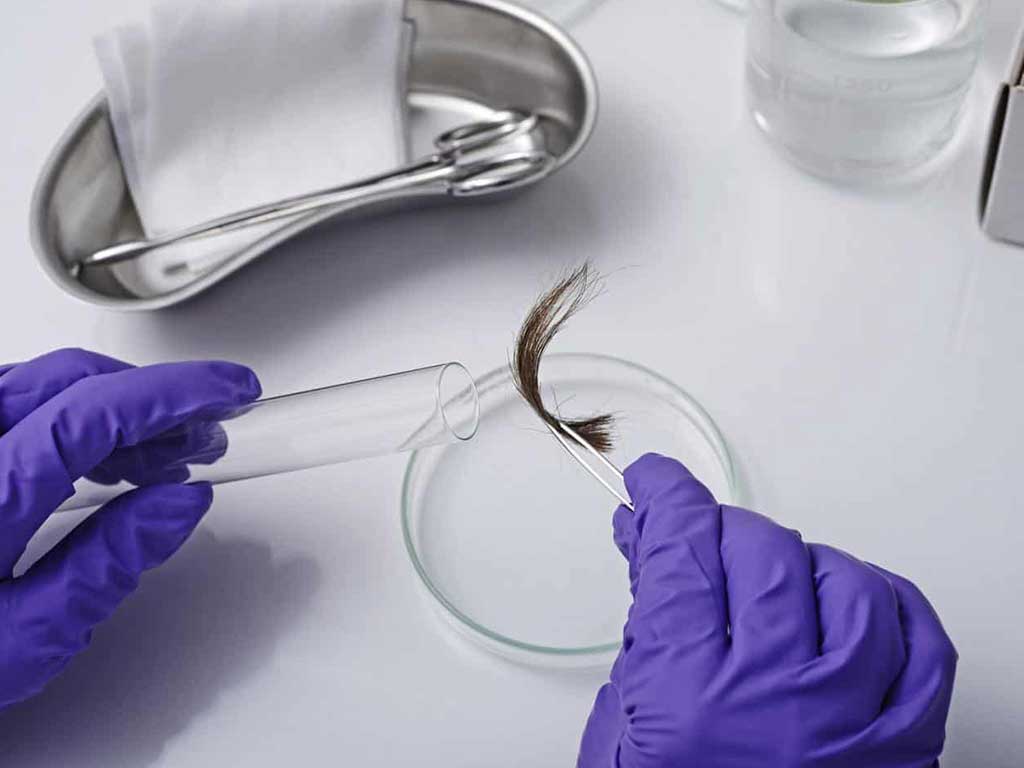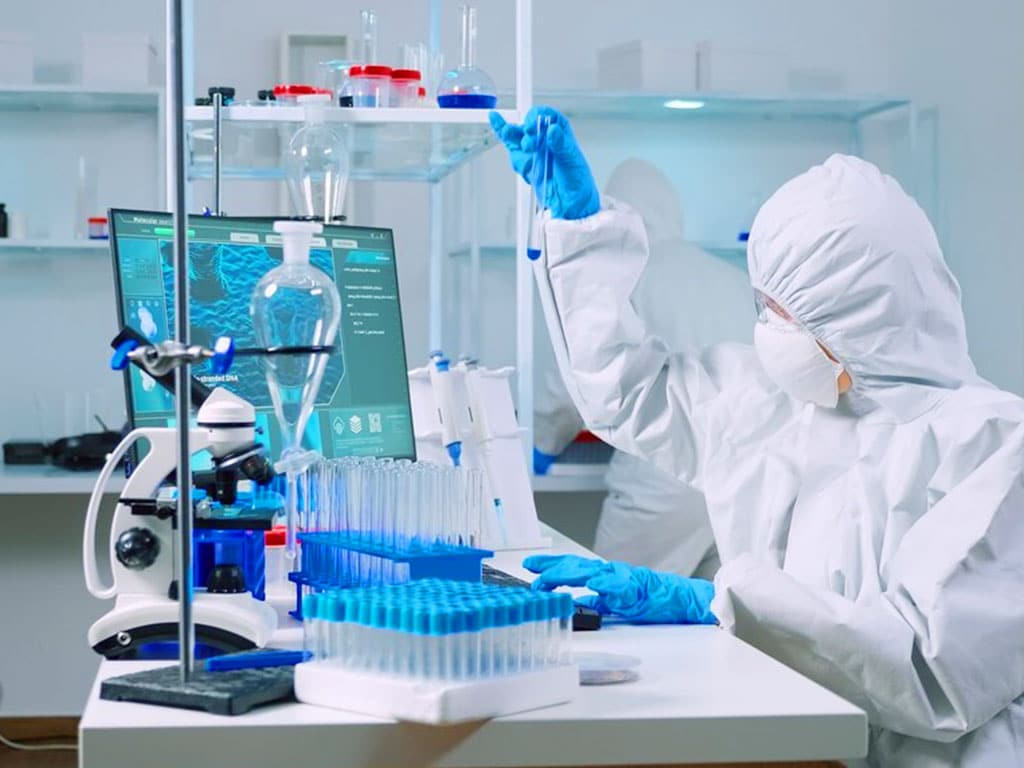DNA Drug Testing: What It Is, Types, and Process
16 April, 2024

DNA drug testing is a medical procedure that uses a sample of biological materials for analysis. People get Deoxyribonucleic Acid (DNA) testing to analyse their genetic makeup. On the other hand, drug tests detect the presence of certain substances. The types of tests include blood, hair, urine, and mouth swabs. Each type of testing has its detection window, depending on the substance. The process involves sample collection, analysis and result interpretation.
The need to conduct the test comes from various reasons. In the workplace, it is common for high-risk industries to implement drug and alcohol screening. This allows employers to monitor if employees are under the influence of drugs or alcohol. Meanwhile, a DNA test can help determine the biological relationships between two people. This article will present the essential of the tests, the types of methods, and their processes.
What is DNA Drug Testing?
DNA drug testing are different types of test methods used for various purposes. The DNA test form of pharmacogenomic testing. It can identify genetic information and establish biological relationships. Additionally, it involves analysing the genetic profile from the DNA sample, which can be obtained from blood, saliva, or hair follicles. Moreover, medical practitioners can determine risks for illnesses through it.
On the other hand, drug testing is a diagnostic tool or procedure to determine if a person has been taking prohibited substances. It specifically looks for the presence of illegal drugs or drug metabolites. Thus, it can identify drug users violating drug laws and company policies. In some cases, the test can also detect prescription drugs, which some people use for non-medical reasons.
Individuals who test positive for illegal substances may face disciplinary action or legal consequences. For example, employees may deal with suspension or termination, depending on the severity of the case. In some cases, they may be required to undergo counselling or rehabilitation programs. Overall, it serves multiple purposes, including safety and support for individuals struggling with addiction.
How It Differs from Traditional Drug Testing Methods
What they detect:
- DNA Testing: it aims to analyse the genetic makeup of the person.
- Traditional Drug Testing: it focuses on detecting the presence of specific drugs or their metabolites in the human body.
Sample type:
- Pharmacogenetic testing: saliva, blood, or buccal swabs.
- Traditional Drug Tests: urine, blood, hair, or saliva to detect the presence of drugs or their metabolites.
Information provided:
- Genetic Testing: it provides information about genetic characteristics, including ancestry, associations to disease, and familial relationships.
- Traditional Drug Testing: it provides information about drug use or exposure. It can indicate whether a person has used specific drugs within a certain timeframe.

Types of DNA Drug Testing
DNA drug testing uses different detection methods. The most common types are blood, urine, saliva, and hair tests. Firstly, health professionals use a blood sample as a reliable source of genetic material that can determine the DNA profile. This type of sample is also used in drug testing as it can measure the precise amounts of drugs in the system.
Secondly, urine tests look for traces of drug metabolites that enter the urinary system. Moreover, standard tests can detect illicit drugs for 48 hours, while advanced tests like Gas Chromatography and Mass Spectrometry (GC-MS) have a longer detection period of 80 hours. This is why urine tests are the most common detection method.
Thirdly, oral fluid tests can detect drugs for up to 24 hours. The saliva collection procedure involves a simple cheek swab. However, it has a short detection window and cannot detect long-term drug use. Lastly, hair testing contains traces of DNA. Drug and alcohol substances are also present in the hair within seven days of ingestion and up to 90 days, providing a comprehensive report about drug use history.
What Can be Detected?
DNA tests contain the genetic code that is unique to each individual. It can detect the presence of specific mutations in the DNA. A drug test can detect a wide range of substances, such as marijuana, cocaine, heroin, methamphetamines, opioids, and benzodiazepines. They are often used as recreational drugs due to their euphoric effects.
On the other hand, an alcohol test detects and measures Blood Alcohol Concentration (BAC). Aside from urine, saliva, and blood testing, breath alcohol testing is another way to measure BAC levels. It uses a breathalyser device to check for the presence of alcohol in the breath sample.

Process of DNA Drug Testing
DNA drug testing involves several crucial steps. First, sample collection is paramount. This typically involves urine, blood, saliva, or hair samples. Healthcare practitioners collect these specimens under strict protocols to prevent contamination and ensure integrity. After collection, the samples undergo testing using various methods.
Immunoassay testing is often the initial screening method due to its speed and cost-effectiveness. If a sample tests positive, it undergoes confirmatory testing, usually using GC-MS. The Medical Review Officer (MRO) will then review the results. They may consider factors such as the wide range of drug doses, drug metabolism, and other medical conditions that could affect the results.
This thorough review process provides peace of mind to both people undergoing testing and those making drug treatment decisions. Hence, it plays a crucial role in various settings, from clinical labs aiding in diagnostic methods to legal testing for workplace or legal compliance. By following strict procedures and involving qualified healthcare professionals, drug testing ensures reliable results that contribute to informed healthcare and legal decisions.
Collection of Sample
Maintaining the integrity of sample collection is crucial for accurate results. Chain of custody protocols play a pivotal role in this process. These protocols establish a documented trail that tracks the handling of the DNA sample. Each person who handles the sample must sign off, ensuring accountability and preventing tampering or contamination.
Moreover, privacy and confidentiality are important concerns. People undergoing testing have the right to privacy regarding their medical or mental health information. Only authorised personnel have access to this sensitive information, and stringent protocols are in place. By prioritising privacy and confidentiality, drug testing facilities uphold ethical standards.
Conclusion
In conclusion, DNA drug testing is a valuable tool for identifying genetic information and detecting drug use. It involves analysing DNA samples from blood, urine, saliva, or hair to determine genetic profiles and detect the presence of illegal substances or their metabolites. These tests help in maintaining safety, enforcing drug laws, and supporting people dealing with addiction. Additionally, DNA testing offers various detection methods with different detection windows, ensuring comprehensive screening.
Furthermore, the testing begins with collecting samples, ensuring strict protocols to prevent contamination. Immunoassay testing is the initial screening, followed by confirmatory testing, if needed, reviewed by an MRO. This process ensures reliable results, which is vital for clinical diagnosis and legal compliance. Chain of custody protocols maintain sample integrity, while privacy and confidentiality protect the rights of the testee. Overall, DNA testing, conducted with care and precision, informs healthcare and legal decisions.






























